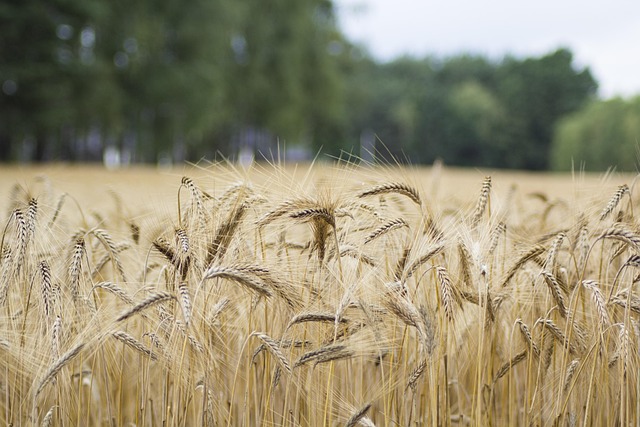There is growing concern that the ability of our planet to continue feeding billions of people by 2050 could be under strain. However, a new study has found that crop yields have actually been on the climb over the past six decades. While that’s good news for food security, there are some underlying issues that still need to be addressed.
Researchers John Baffes from the World Bank and Xiaoli Etienne from the University of Idaho studied 144 crops that account for most agricultural land. What did they find? On average, yields have grown at a rate of 33 kilograms of wheat-equivalent calories per hectare every year since the 1960s. That’s the good.
There are still challenges though, and we’ll go over them.
Steady Growth, Uneven Reality
The global trend is reassuring, but there are disparities. Southeast Asia has been a standout, benefiting from the Green Revolution’s focus on high-yield rice varieties. Latin America, too, has seen big gains, particularly in soybean production. And Eastern Europe rebounded after the political and economic disruptions of the late 20th century.
Yet Sub-Saharan Africa remains an outlier. Despite fertile soil and untapped potential, yields there remain low. What’s the main reason for this? Sub-Saharan Africa has limited access to irrigation, fertilizers, and modern farming practices. It could be a region thriving, but it’s being held back by systemic barriers.
The Fragility of the “Big-4”
The world’s reliance on four crops—maize, wheat, rice, and soybeans—is of concern. These staples provide nearly half of the global caloric intake, and their yields have boomed. But this dependency creates vulnerabilities. Droughts, pests, and diseases targeting one of these crops could ripple through global markets, spiking prices and hunger in vulnerable communities. Concentrated dependence has its risks, and that’s something that should be considered going forward.
Climate and Costs: The Dual Threats
The study highlights the increasing strain climate change places on agriculture. Droughts are becoming more prolonged, floods more devastating, and pests more pervasive. For farmers, especially smallholders in developing regions, these challenges compound existing struggles.
And then there’s affordability. Even if production keeps pace, food prices are rising, making it harder for low-income families to put meals on the table. Wealthier nations add to the pressure, with growing demand for resource-intensive foods like meat and dairy. Meanwhile, in poorer regions, even basic staples are slipping out of reach.
The Road Ahead
So, what’s the takeaway? The study highlights both progress and fragility. It’s a call to action, not complacency. Solutions exist, but they require investment and coordination. Developing heat-resistant and pest-tolerant crops could help buffer farmers against climate shocks. Reducing trade barriers might ensure food gets to those who need it most. And tackling food…

